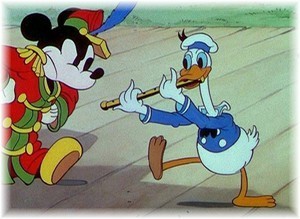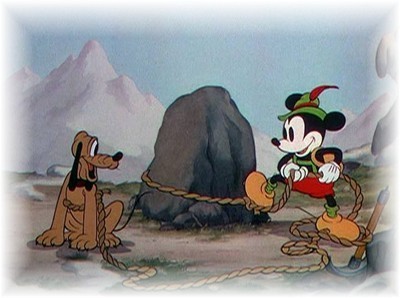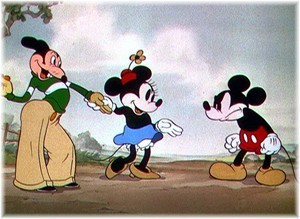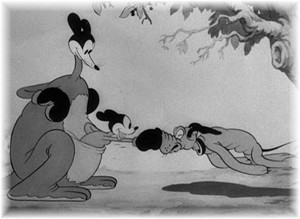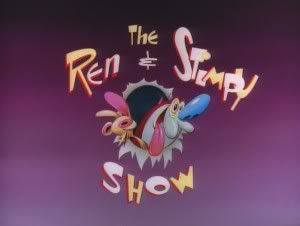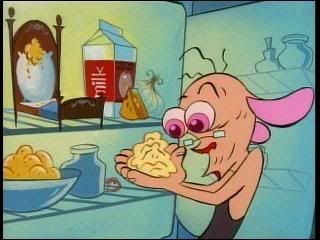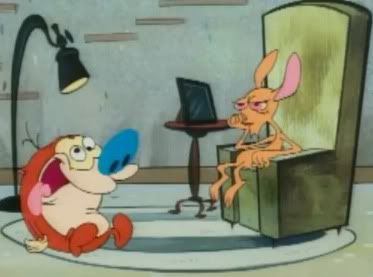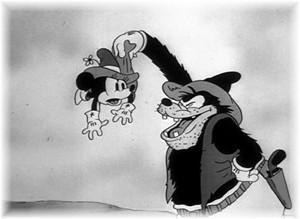02.06
We all know about Avengers: United They Stand. A legendarily bad show they barely lasted a full 13 episode run on the old FOX Kids’ block before being quickly binned and forgotten by everyone who experienced its lousiness first hand. But now, we have a new Avengers show out, so a look back at the previous animated incarnation of these characters seems like the most sensible idea at this point in time. If you thought this show was bad for the standards of the time, then you can imagine just how well this dated. Which is terribly.
The main problem with this show is that it was a cartoon made in the 1990s that was made is if it was still the 1980s. Standards had changed in the decade since poorly written romps like Thundercats and He-Man originally hit the air, Batman: The Animated Series had changed a lot of the rules, and it seems strange that Marvel of all companies did not seem to realize this. I take that back, there is ONE thing that takes inspiration from the 90s, and that’s the absolutely pointless inclusion of transformations as if the Avengers were the freaking Power Rangers. Why superheroes need to wear Power Ranger armor is beyond this reviewer, but as far as excuses to make toys go, this was poorly implemented into the core show as the armor is nothing but a pointless (and poorly designed) cosmetic change that just makes the characters look even more ridiculous. Superhero costumes alone can be considered outlandish, but imagine adding on a thick layer of armor on top of that. Yes, it’s as ridiculous as it sounds, and sometimes they where other suits on top of that, making the whole look of the show absolutely dumb.
In a related story, I often wear two hats on my head.
 And Hawkeye wears a suit over his armor on his suit.
And Hawkeye wears a suit over his armor on his suit.
But this is not where the poor decisions end, as the writing is quite possibly some of the worst you will ever see in not just a Marvel show, but probably the entire decade. Not only swimming in dozens of cliches at once, but managing to have the most confusing plot development possible for these simplistic plots featuring dialogue out of a fourth grade creative writing assignment. How something like this was deemed acceptable for the standards of the time is mind blowing, and it results in a series that was not only awful when it was released, but has managed to age even worse into an absolute joke of show.
For example, the very first episode primarily deals with stuff indiscriminately blowing up, the president being attacked by robots, and the Avengers saving him… only to be chewed out by the government for no real reason. Hawkeye leaves the team because, well, it doesn’t really make any sense, actually. The plot is forced through the typical cliche motions for reasons that don’t have any coherent reason for happening, the show just expects you to accept this stuff happening because it just does. If that isn’t the formula for a fourth grade level story, then fourth graders must be better writers than I originally thought. Actually, they probably are.
The series doesn’t get any better after this point either. You get to see the most boring interpretation of Kang The Conqueror yet, watch Hawkeye leave the team at least three more times (and have just as many voice changes), more cornball acting and confusing as all get out direction and dialogue – Hell, maybe that’s why Hawkeye keeps leaving. It’s almost like the show wants- no, needs- to remind you of everything going on all the time because the writer couldn’t be bothered to. It’s a tough feat to write something that is simplistic to the point of being insulting AND managing to be incoherent at the same time, but United They Stand pulls off this balancing act flawlessly. It really is an accomplishment. Oh! Don’t forget those out of nowhere toy plugs! Why integrate it into the plot when you can just show them off out of nowhere? Plot or toys, what do you think an action show should focus on front and center? Exactly.
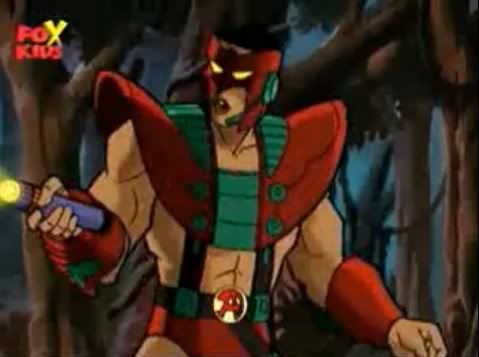 Toys! You aren’t gonna find the plot over there, Falcon!
Toys! You aren’t gonna find the plot over there, Falcon!
Watching the first episode and the first question on everyone’s mind is “where are Captain America, Thor, and Iron Man?” Well, they aren’t here save for a cameo each in a random episode (Thor doesn’t even appear at all), even though they go out of their way to show them in the opening theme. The leader of the Mighty Morphin’ Avengers is Hank “wife beating” Pym AKA Ant-Man AKA the most boring Avenger ever. Why was this change made? I don’t know, it’s probably the same reason the animation and direction is ripped straight out of GI Joe and the voice acting is two steps away from a parody of 80s action cartoons. But it’s most likely because Marvel Animation clearly has no idea what anyone wants out the Avengers. Don’t believe me? Well, how about the fact that not a single voice actor fits their character? Hawkeye doesn’t even sound like he’s in the right show, its like he’s voicing a Rob Liefeld character. Scarlett Witch has the most overly cooked accent I’ve ever seen, Tigra (A tiger/human hybrid) is afraid of water for no reason, Wasp barely ever does anything except randomly scream for Hank (Or Henry depending on the episode) and Falcon frequently engages in missions in which his power is totally useless. Are we expected to relate with these characters when Marvel themselves can’t figure out how their own characters are supposed to behave?
Because of this instant disconnection from anything happening (the most natural voice is the damn robot, which makes no sense), and poor direction from the wrong decade, watching United They Stand is like fighting the urge to wonder out loud if someone secretly wished the 90s never happened and kids still swallowed the poorly written junk they were being fed a decade ago. That thought is almost as insulting as how this show ended up being, but I rather believe it was because whoever made this simply didn’t care. Why do I get this impression? Well, let’s look at the characters:
For instance: Hawkeye is the cool guy that doesn’t take no guff (and is more or less Wolverine), Ant Man is Duke from GI Joe just as Wasp is Scarlett, Wanda might as well not even be there as she’s totally inconsequential and literally offers nothing to the team except a goofy voice (really, really goofy), and the rest, well, are just sort of there. The characters are the most boring I’ve ever seen in a superhero cartoon from the 90s, they give us no reason to cheer for them or relate to their trials -if they even have trials, and most of whom don’t even really do anything except occasionally destroy a robot in a badly directed manner, because they rarely ever seem to fight humans except sometimes knocking them over by tossing a rock or something. The action sequences are also frequently the same basic thing every episode with the same characters performing the same moves in almost the same way, making the show a real chore to watch even from a mindless action perspective.
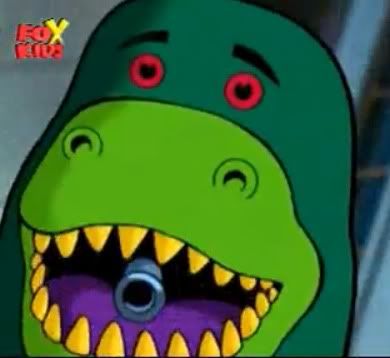 They should have just made the show about him.
They should have just made the show about him.
Eventually Captain America and Iron Man guest star on the show in separate episodes (Thor never appears), however they fail to save the show from the boring bland-fest that it is in every other episode. They might as well not even be there -which they aren’t for the other episodes neither of them appear, as they add nothing to the show much like every other character here. Oh, and their plots are quite possibly the worst in the entire show’s run including Iron Man barely even being a factor in his own episode. While many blame their lack of presence for the show’s failings, they really are a non-factor here.
The absolute worst aspect here, is that the show not only doesn’t get better as it goes along, it is that it gets worse. The first episode was one of the worst pilots of a show that I have ever seen, with poor voice acting, direction, animation, and the a plot that made me long for GI Joe. How does it get worse from this point? Well they actually make the characters dumber for them to work, with characters getting themselves into completely illogical sticky situations, and plots that the real Avengers would have seen coming a mile away. Not only is it an insult to the original characters by making them really dumbed down from their comic book versions, but again, it makes the resulting show an absolute pain to watch. There is no hyperbole here, United They Stand is most likely the worst superhero cartoon of the 90s, and probably ranks in the top ten worst of all time.
Thankfully, Marvel weren’t entirely incompetent here. The show was canceled rather fast and completely buried and forgotten, as even Marvel knew this was a real stinker. Eventually the Avengers would get a real chance at animated glory with the more recent Earth’s Mightiest Heroes, a FAR more faithful adaption with a staff behind it that clearly cares for their characters. If anything else, it should hopefully replace the existence of this from the minds of Avengers and superhero fans and leave this crap where it belongs- Forgotten in the mists of time.
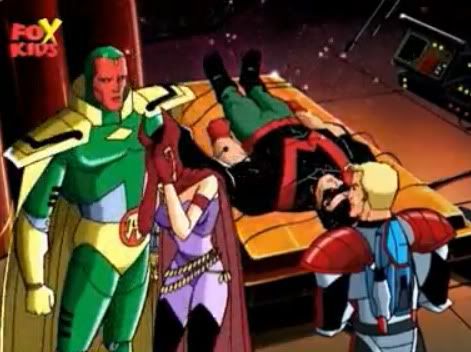 Yes, Wanda, I agree. At least it’s finally over.
Yes, Wanda, I agree. At least it’s finally over.
Now I want to see a show with a giant inflatable dinosaur fighting crime with a giant gun in his mouth. Good job, Avengers!
Originally posted on Friday, May 13, 2011.

